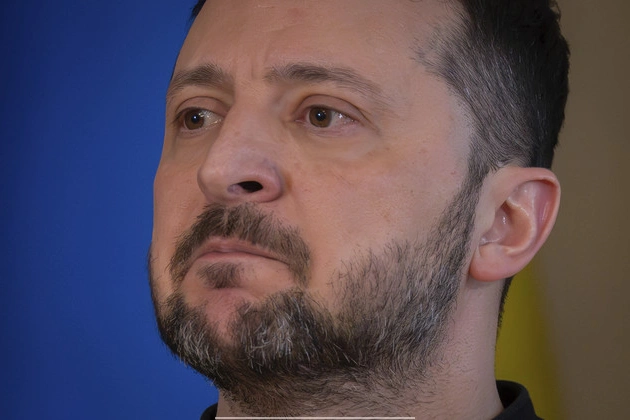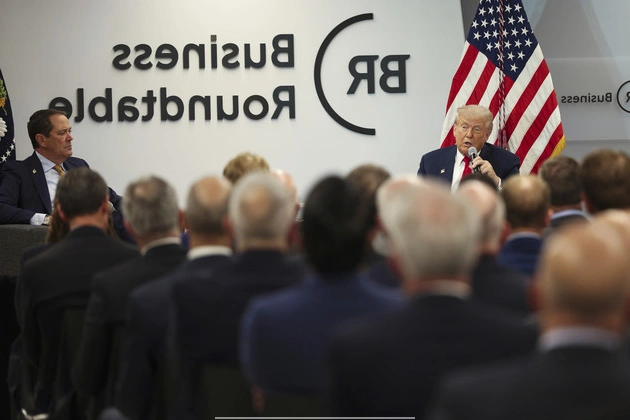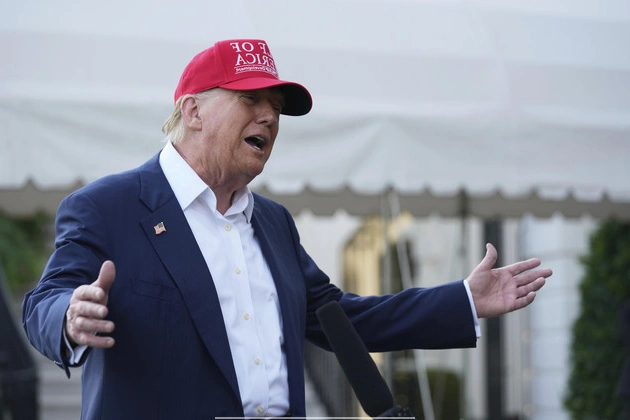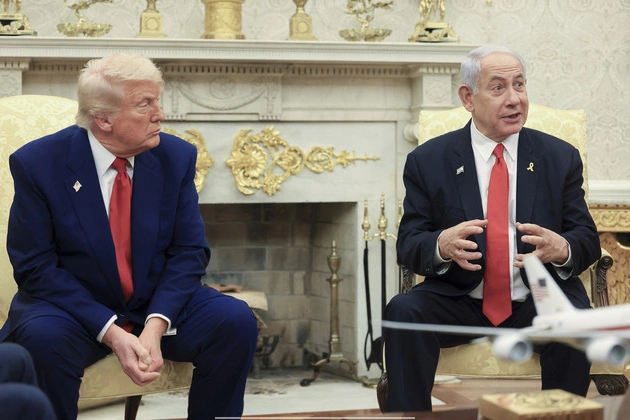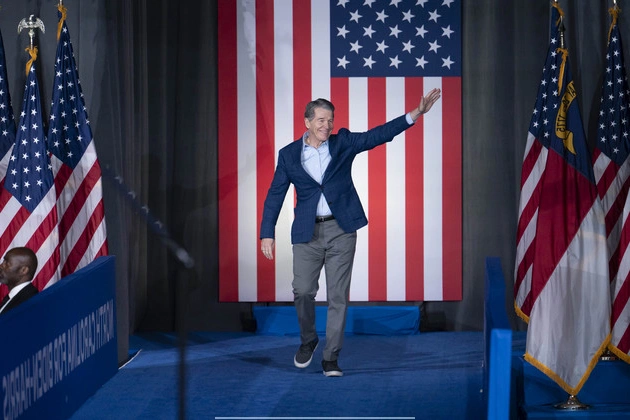
In the realm of federal governance, significant changes are underway as the Trump administration, in collaboration with Elon Musk’s Department of Government Efficiency, spearheads a wide-scale reduction in the federal workforce. This initiative, aimed at streamlining government operations, has triggered a series of layoffs, court battles, and uncertainties.
The Wave of Layoffs and Departmental Reforms
Under the directives of President Donald Trump, sweeping reforms have been initiated, leading to the closure of prominent federal departments like USAID and the implementation of buyout schemes for federal employees. However, these actions have not been without resistance, as evidenced by the legal challenges filed against them.
The impact of these changes is being felt across various government agencies, with thousands of federal employees facing termination, particularly probationary workers with limited job tenure. From the Energy Department to the Forest Service, the wave of layoffs has raised concerns about service disruptions and organizational stability.
The Vision Behind the Workforce Reduction
President Trump, Elon Musk, and Vice President JD Vance have remained steadfast in their mission to downsize the federal government, citing the need for radical cost-cutting measures. Musk, known for his advocacy of efficiency and lean operations, envisions a government structure devoid of redundant agencies and excessive spending, with the ultimate goal of enhancing productivity and resource allocation.
The administration’s initial attempts to encourage voluntary departures through programs like the ‘Fork in the Road’ faced criticism and legal hurdles, prompting a shift towards mandatory layoffs across key departments. Despite initial setbacks, the administration has pressed forward with its agenda of workforce reduction.
Challenges and Legal Battles
The workforce reduction program has encountered significant pushback from various quarters, including Democratic lawmakers and federal employee unions. Legal disputes over the authority and implementation of the program have resulted in temporary halts and subsequent resumptions, adding to the uncertainty surrounding the fate of federal workers.
Moreover, the abrupt nature of the layoffs and the scale of terminations have raised concerns about the operational capacity of affected agencies and the potential impact on public services. As agencies like the Energy Department, Education Department, and Veterans Affairs proceed with staff reductions, the broader implications of such actions on government functionality are being closely scrutinized.
Future Outlook and Questions
As the workforce reduction measures continue to unfold, questions linger about the ultimate scope of the downsizing efforts. With conflicting targets initially set by Musk and subsequent adjustments by the administration, the trajectory of the federal workforce remains uncertain.
The legal battles, public outcry, and operational challenges stemming from the reduction plans underscore the complexities involved in reshaping a vast bureaucratic structure. The coming days are likely to witness further developments and debates surrounding the efficacy and implications of the workforce reduction initiative.
Stay informed about the latest updates and analyses on Trump and Musk’s efforts to reshape the federal workforce amid ongoing legal battles and workforce restructuring.






